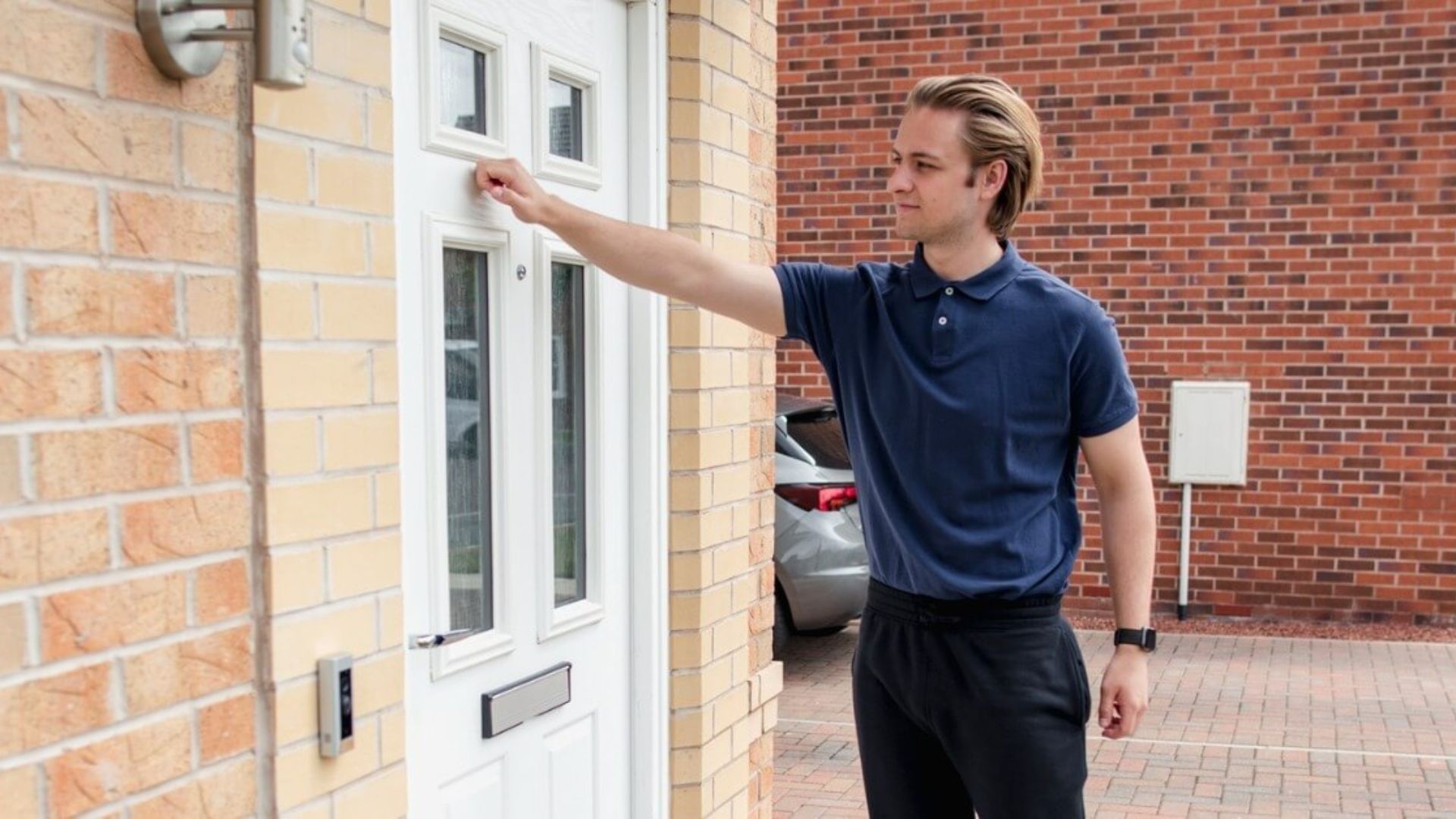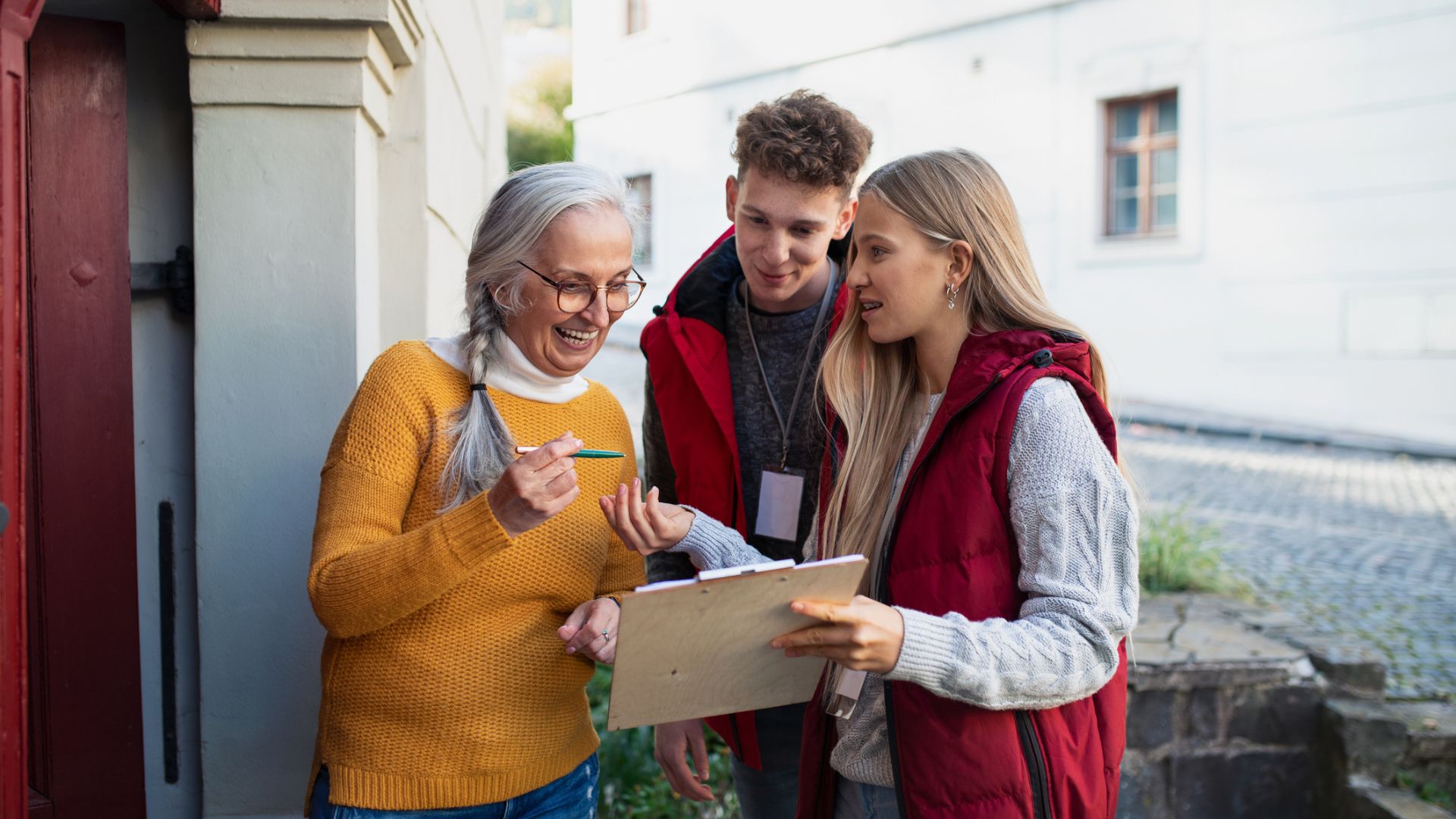Building a political party network is essential for gaining influence, reaching voters, and organizing effectively. Whether you are establishing a new political party or strengthening an existing one, having a strong network can help your party thrive. In this article, we’ll provide tips for building a political party network that not only connects you with supporters but also strengthens your party’s foundation.
Start by Defining Your Party’s Goals
One of the first steps in building a political party network is clearly defining your party’s goals. People are more likely to join and support your party if they understand its mission and what it stands for. Whether your goal is to promote specific policies, represent a particular demographic, or bring change to a political system, having a clear vision helps attract like-minded individuals. This will make your party’s message more cohesive and easier to share across your network.

Identify Key Supporters
Identifying and engaging key supporters is another essential part of building a party network. These individuals are often influential within their communities and can help spread your party’s message. Reaching out to local leaders, activists, and organizations that align with your values can greatly expand your reach. Engaged supporters often bring more people into the network and help sustain long-term relationships with voters.
Leverage Social Media and Online Platforms
In today’s digital world, utilizing social media is vital for building a political party network. Platforms like Facebook, Twitter, and Instagram allow you to reach a wide audience quickly. Regularly sharing content, engaging with followers, and hosting online events can grow your online presence. Building a political party network through digital channels helps you connect with younger audiences and keeps supporters engaged.
Host Community Events
Hosting community events is an excellent way to build face-to-face connections, which is a crucial aspect of building a political party network. Events such as town halls, rallies, or volunteer meetups provide opportunities to engage with people directly. These interactions allow supporters to feel personally connected to the party. Therefore, making them more likely to contribute time, money, or votes. Events can also help spread your message to local communities and generate positive media coverage.
Build Local Chapters
Creating local chapters of your party allows you to establish a stronger presence at the grassroots level. By decentralizing your operations and allowing for regional chapters, you can better address the specific concerns of different communities. Local leaders can tailor messages to fit the needs of their areas, helping your political party network grow in both size and influence.
Collaborate with Other Groups
Collaborating with other organizations or advocacy groups can significantly strengthen your political party network. By partnering with groups that share similar values or goals, you can pool resources, expand your outreach, and benefit from their existing networks. Collaboration also shows voters that your party is willing to work with others to achieve common objectives, which can enhance your credibility.
Engage Regularly with Your Supporters
Keeping your supporters engaged is one of the most important factors in building a party network. Regular communication, such as newsletters, emails, or social media updates, helps supporters feel like they are a valued part of the movement. Whether it’s sharing updates on your party’s progress or asking for input on policy positions. Hence, maintaining a dialogue keeps people involved and motivated.
Create Volunteer Opportunities
Volunteers are the backbone of any political party. Offering a variety of ways for people to get involved is crucial for building a party network. Volunteers can help with canvassing, phone banking, or organizing events. By providing clear instructions and guidance, you can keep volunteers engaged and help them feel like they are making a meaningful contribution to the party’s success.
Focus on Fundraising
Building a political party network requires resources, and fundraising is a key part of this process. Fundraising campaigns, whether through small donations or large fundraisers, allow your party to finance campaigns, organize events, and expand your network. Using online platforms to collect donations can make fundraising easier and more accessible to a broader audience. Effective fundraising ensures your party has the resources to grow and succeed.
Measure Your Network’s Growth
Finally, it’s important to track and measure the growth of your political party network. By keeping tabs on the number of new supporters, donations, or social media followers, you can assess what strategies are working and what areas need improvement. Consistently analyzing your progress helps refine your approach and ensures you are maximizing your efforts in building a party network.
Conclusion
Building a political party network takes time, effort, and careful planning. By focusing on clear goals, engaging with supporters, using digital tools, and building relationships in the community, your political party network can grow and thrive. Whether it’s through hosting events or leveraging social media, every connection helps to strengthen the foundation of your party.

